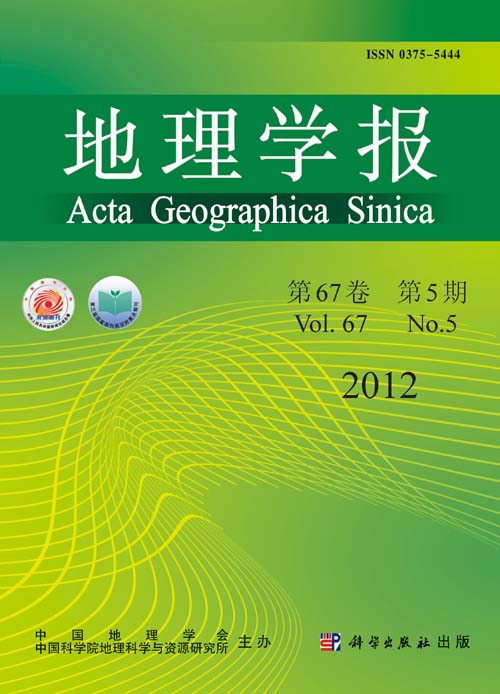YAN Huimin, LIU Jiyuan, HUANG Heqing, DONG Jinwei, XU Xinliang, WANG Junbang
In this study, the changes of agricultural production from cropland transformation in the periods of the late 1980s-2000 and 2000-2005 were estimated based on: 1) the cropland transformation results derived from Landsat TM imagery by artificial interpretation method, and 2) net primary productivity (NPP) data from the light use efficiency models of Global Production Efficiency Model (GloPEM) and Vegetation Photosynthesis Model (VPM). Changes of regional grain production capacity were mainly from two aspects of cropland transformation: cropland conversion (e.g. urbanization, converting cropland into forest) and land reclamation (e.g. converting grassland into cropland). The impacts of different cropland transformation types on agricultural production within the two periods were evaluated, a series of comparisons were conducted between the two periods as well as different regions. Results indicated that the agricultural production loss due to urban sprawl accounted for more than 60% during both stages (1980s-2000 and 2000-2005) in the total loss. In the first stage, generally, agricultural production increased evidently. The increased production from land reclamation was 87% higher than production decrease from cropland conversion. However, in the second stage (2000-2005) the agricultural production loss due to cropland conversion was 31% higher than the production increase from land reclamation, in other words, the production decrease due to cropland loss could not be compensated by limited land reclamation, as unban expansion and Grain for Green (GFG) project played an important role in cropland transformation since around 2000. Production losses from GFG project and urbanization were 57 % and 85 % higher than that in the previous stage, respectively. Due to GFG project, the states of agricultural production equilibrium changed from positive balance from the 1980s to 2000 into a negative balance during 2000-2005. the loss of agricultural production mainly occurred in Northeast China, Inner Mongolia, Yunnan and Zhejiang provinces from the 1980s to 2000, and then transferred to Inner Mongolia, Shaanxi, Gansu, Sichuan and Guizhou provinces from 2000 to 2005. The production loss due to urbanization mainly occurred in Jiangsu, Hebei, Anhui, Shandong, Henan and Guangdong provinces from the 1980s to 2000, then changed into provinces of Zhejiang, Guangdong, Shandong, Fujian and Jiangsu during 2000-2005. The land reclamation foci transferred from Northeast China to Northwest China in the two stages, the greatest contribution regions to agricultural production shifted from the Xinjiang Uygur Autonomous Region from the 1980s to 2000 into Heilongjiang Province during 2000-2005. Due to the cropland transformation from urbanization and GFG project, two thirds of provinces showed a significant change in agricultural production balance state in the two stages.
